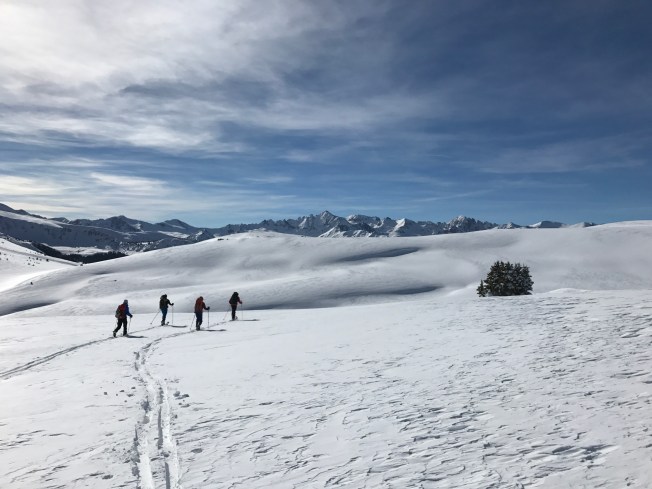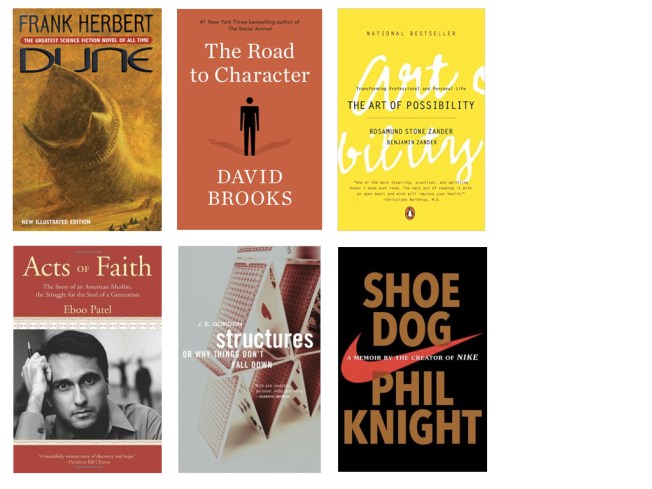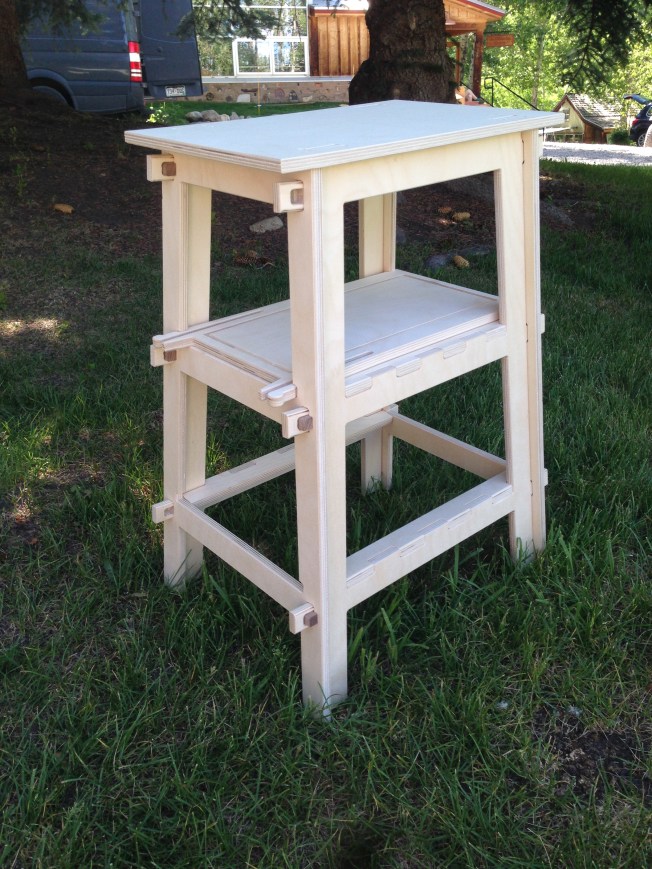Two weeks ago I moved from Colorado to New York City. I lived in the Aspen area for almost three years. Originally, I moved to Old Snowmass to work with Amory Lovins. I stayed for the beautiful mountains and the inspiring work and colleagues.
As I spend my first weeks walking the streets of New York, I wanted to capture some of my observations about the shift in my surroundings. (A post of lessons from working with Amory Lovins will follow soon!)

View of Manhattan from Queens
Connection to nature
Three years in Colorado have made me feel very connected to nature. Whether I’m out hiking alone or “skinning” up a mountain with friends on our way to a hut—being in nature makes me happy. I have always appreciated being outside, but Colorado has strongly increased that appreciation. As I meet new people in NYC, I even find myself describing my identity through all my past and future outdoor trips.
Luckily, I moved in with friends who share this deep appreciation for nature. Brendan Coffey, who generously offered me a room, mentioned during our first evening together that he wants to spend at least one day each weekend outside the city. What else could I wish for? I’m excited about upcoming expeditions to the Catskills, the Berkshires, and the Hamptons. That said, I will miss waking up with the sunrise, looking out over Mount Daly, Capitol Peak, and Mount Sopris as I make my breakfast.

View from my Old Snowmass house, which friends jokingly called “the house in the sky”
Interestingly, I notice that New York’s cityscapes convey a certain beauty too, particularly during early morning or late afternoon light.
Local community
I struggled to connect with a diverse network of people in Aspen, the way I had in Cambridge or Amsterdam. In NYC, this is changing noticeably—I am invited to countless interesting gatherings, and find myself lying in bed at night thinking about the wide array of people I met that day.
There is, however, a beauty to living in a small mountain town: you start to know everyone around you, at least by face or name. I knew most people I went to a yoga class with, I knew the local grocer, and I knew the barber. Living in a small community makes you feel that you’re there for one another other.
That said, I think building connection to your local community is possible in NYC too. It just requires a concerted effort. On a Sunday trip to Beacon, a small town about an hour outside of New York, I was inspired by a friend who introduced himself to employees at the local bakery, bike shop, and art studio. I notice that I can get to know strangers in NYC too, if I smile, ask for and listen to their personal story, and share some of mine.
Two key reasons I wanted to move to New York were to build community and to be part of a diverse, multicultural city. Both desires are already being fulfilled. Together with Brendan, I started a “Curious Conversations Club”—a monthly gathering with a group of friends to dive deep into a book or documentary discussing an important topic. To grow my contribution to a diverse, multicultural city, I plan to start actively volunteering for local causes.

Recent “three magi” dinner in Amsterdam, organized with Tim Manschot. This is exactly what I hope to create more of in NYC.
Life’s rhythm
One blessing of living in the Colorado Rockies is the very limited distraction around you. You can focus your days on just a few core activities. In NYC, you end up spending more time thinking planning your transport or choosing from an endless menu of food options.
However, I notice that it’s actually easier than expected to live a focused life in NYC. I am fortunate that my home is a 15-minute walk from the office. By having breakfast at home and lunch at the office, I don’t need to consider food options much. Regular exercise and daily walks also improve my ability to focus.
Also, being “alone in the mountains” may make it easier to focus, but I find that to be most productive, and to have more creative ideas, the brain also needs a lot of input. Exactly this is what I find in NYC. Following Stephen Johnson’s notion that good ideas come from lively interactions and bringing together diverse experiences, life in a big city may end up being more productive than life in a small mountain town.

This is what I’ll miss most…
A time for everything
I am stoked to be in NYC. I can’t wait to nurture deep friendships with the people around me, and I love exploring this amazing city. At the same time, I feel grateful for having spent three years in some of the most beautiful mountains I’ve ever seen.
Very few people live in a place like Colorado’s Roaring Fork Valley in their mid twenties. Colorado has given me a deep (I’d like to think lifelong) appreciation for the outdoors, and the mountains have helped me become more patient and feel at peace internally.
As Amory likes to joke: “Everything will be alright in the end. If it’s not alright, it’s not the end yet!”
###
Where have you lived? What city or town do you remember most fondly? Do you want to spend the rest of your life in cities or in small towns? How do you choose where you want to live? Please share your thoughts in the comments section below!




















